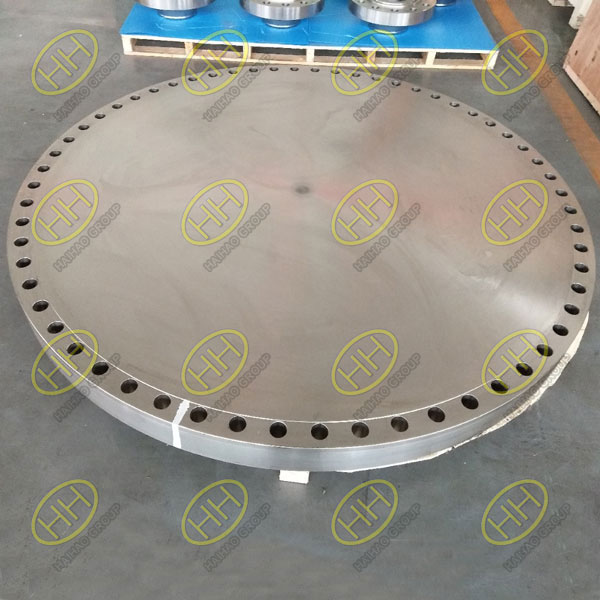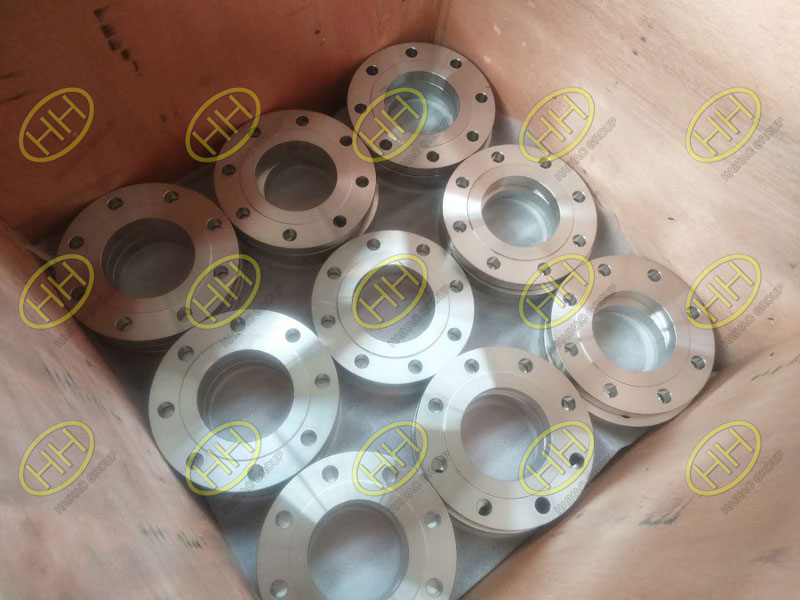A guide to pressure ratings and temperature dynamics of ASME B16.5 flanges
In adherence to ASME B16.5 standards, steel flanges come in seven pressure classes: Class 150 – 300 – 400 – 600 – 900 – 1500 – 2500. The pressure ratings for flanges are explicitly defined, with a Class 300 flange capable of withstanding greater pressure than a Class 150. This is because a Class 300 flange requires more material in its construction, enabling it to resist higher pressures. However, the load-bearing capacity of a flange is subject to various factors.
Flange pressure ratings are denoted in pounds, and each pressure class has different representations such as 150Lb, 150Lbs, 150#, and Class 150—all of which convey the same meaning.
Temperature plays a pivotal role in determining the load-bearing capacity of a flange. As temperature rises, the ability of the flange to withstand pressure decreases. For instance, a Class 150 flange has a pressure capacity of 270 PSIG at room temperature, which decreases to 180 PSIG at 400°F, 150 PSIG at 600°F, and 75 PSIG at 800°F.
In simpler terms, as pressure decreases, an increase in temperature is permissible, and vice versa. Moreover, the material used in manufacturing the flange—whether stainless steel, cast iron, ductile iron, carbon steel, etc.—influences its pressure rating, with each material having different pressure ratings.
Pressure-Temperature Rating – An Illustration
Pressure-temperature rating refers to the highest allowable working gauge pressure (in Bar) for a material and grade at the rated temperature (in Celsius). For intermediate temperatures, a linear interpolation method is acceptable, although interpolation between flange classes is not allowed.
When the bolts and gaskets of a flange joint meet the specified conditions, and the alignment and assembly of the flange joint adhere to good practices, the joint is suitable for the pressure-temperature ratings. However, if these conditions are not met, the user bears the responsibility.
The rated temperature corresponding to the rated pressure is the shell temperature of the pressured vessel of the flange and flanged fittings. Generally, this temperature aligns with the storage fluid temperature. The user assumes responsibility when selecting pressure ratings without considering the storage fluid temperature. If the temperature falls below -29℃ (-20℉), the rated value should not exceed the rated value at -29℃ (-20℉).
As an example, let’s explore two groups of materials categorized by ASTM and their pressure-temperature ratings according to ASME B16.5 standards. Understanding these intricacies empowers industries to make informed decisions, ensuring the optimal performance and safety of their piping systems.



